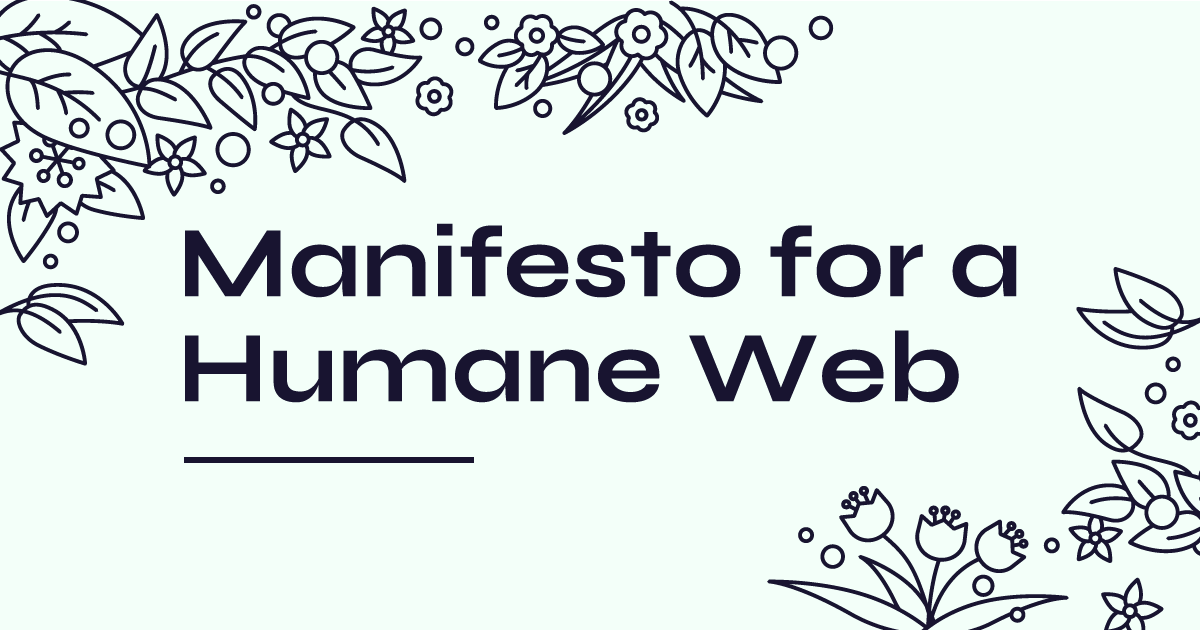Build Design Systems With Penpot Components
Penpot's new component system for building scalable design systems, emphasizing designer-developer collaboration.


The Manifesto for a Humane Web outlines the principles for creating a web that prioritizes accessibility, inclusivity, safety, security, sustainability, reliability, resilience, transparency, independence, and human-centered design:
Accessibility: Websites should be designed to be inclusive and empower all users, regardless of disabilities or varying methods of access.
Inclusivity: Discrimination based on race, gender, age, orientation, ability, class, or economic status should be avoided in website design.
Safety: Websites must not host harmful content or promote violence and discrimination towards individuals or groups.
Security: Respect for privacy and adherence to data protection laws are vital to ensure user trust and confidence.
Sustainability: Minimizing environmental impact through efficient, optimized, and waste-reducing website practices is essential.
Reliability: Information on the web should be trustworthy and accessible consistently to users.
Resilience: Building websites with web standards and progressive enhancement ensures functionality across various devices and conditions.
Transparency: Users should easily discern the ownership, funding, and content creation details of a website.-
Independence: Emphasizes the decentralized nature of the web, free from central authorities controlling access and content.-
Human-centered Design: Websites should prioritize human needs, foster positive interactions, and exhibit kindness and collaboration.
AI-driven updates, curated by humans and hand-edited for the Prototypr community